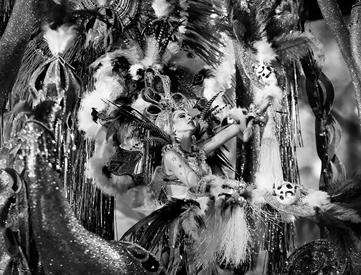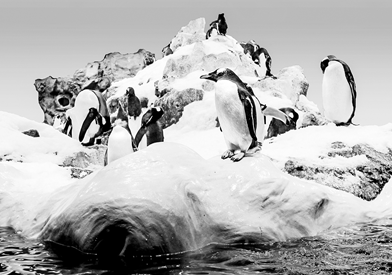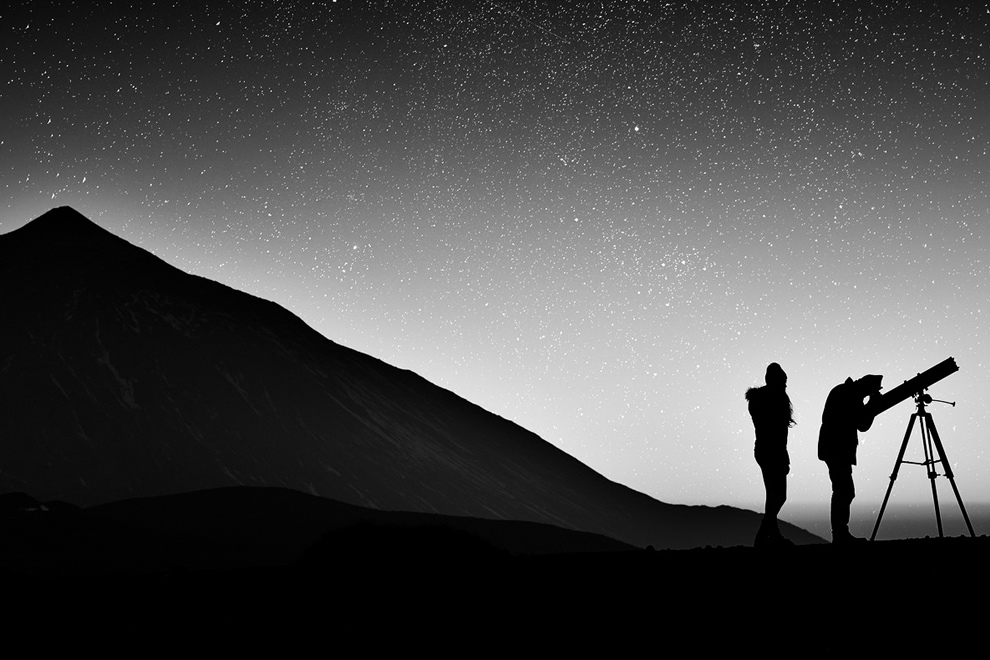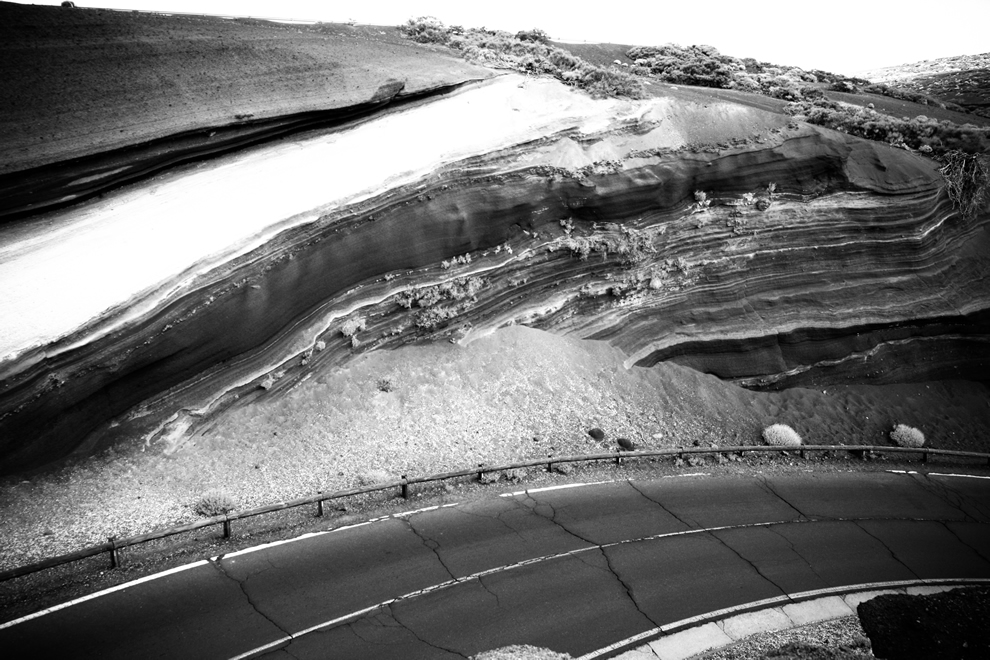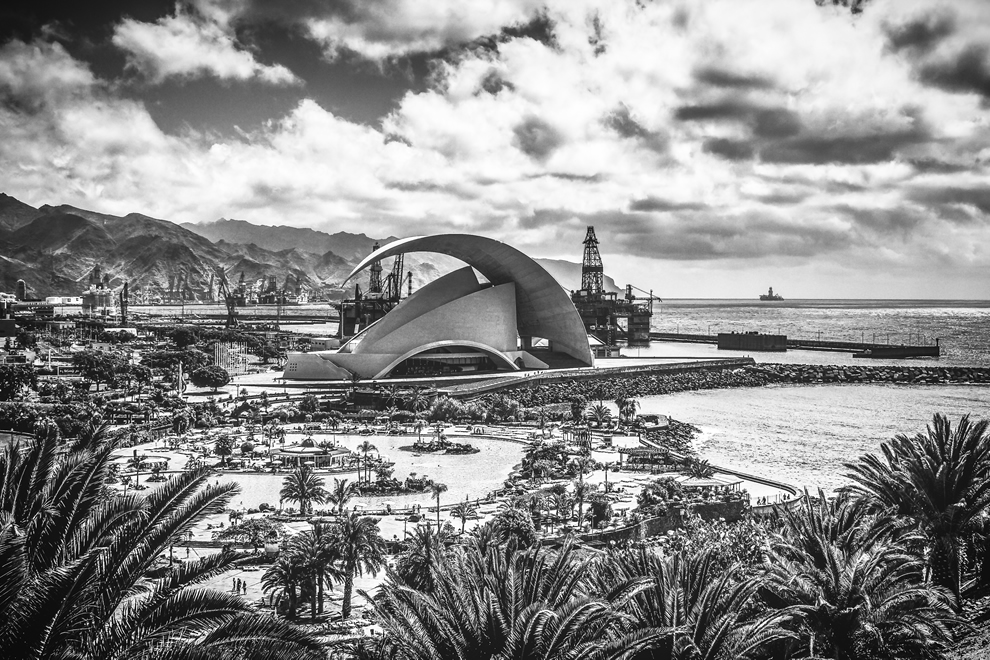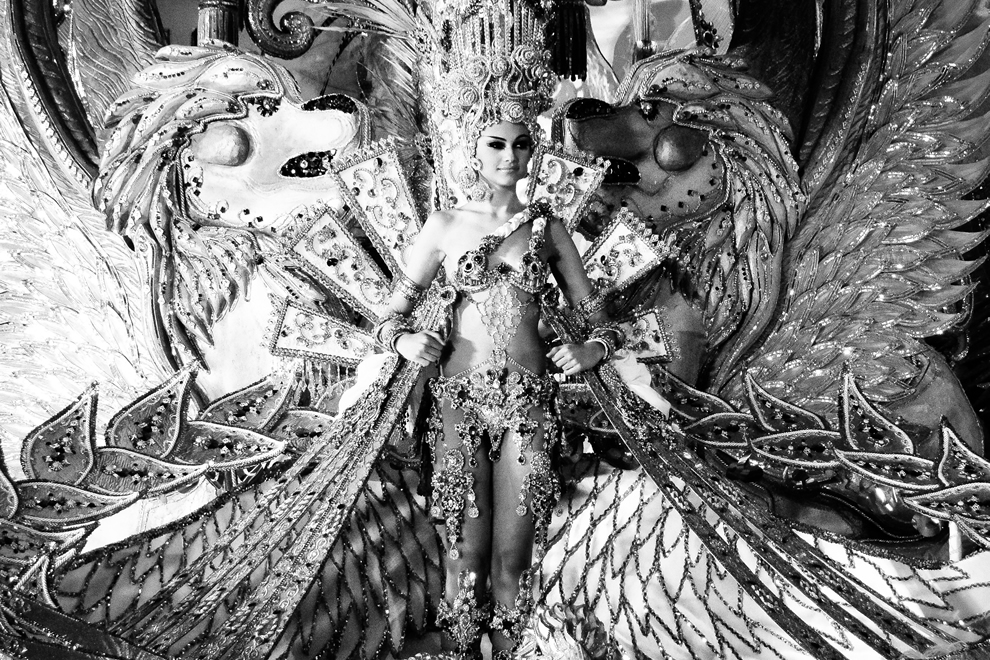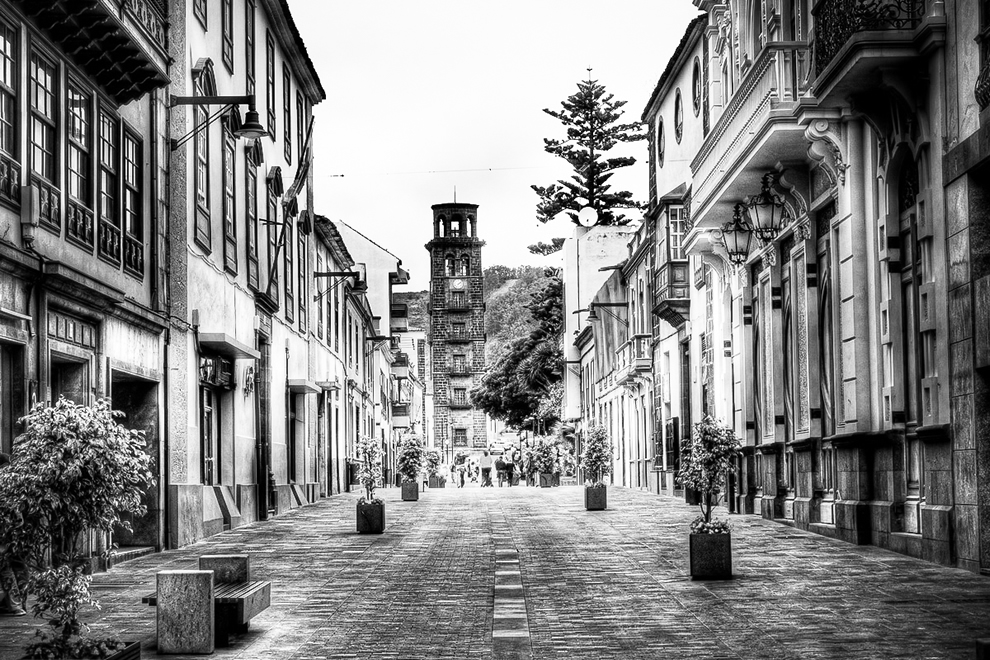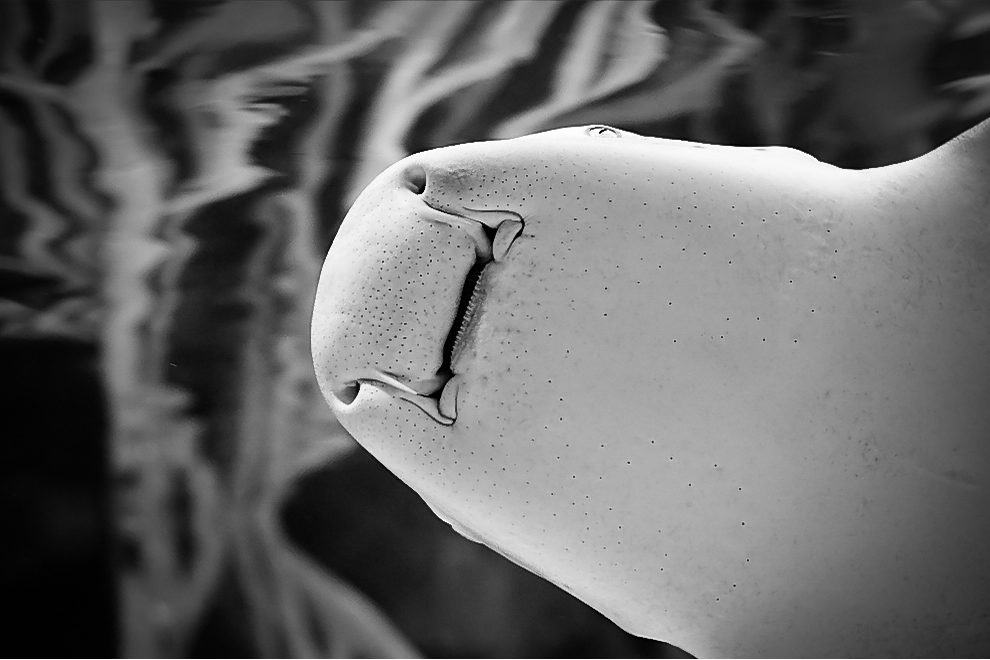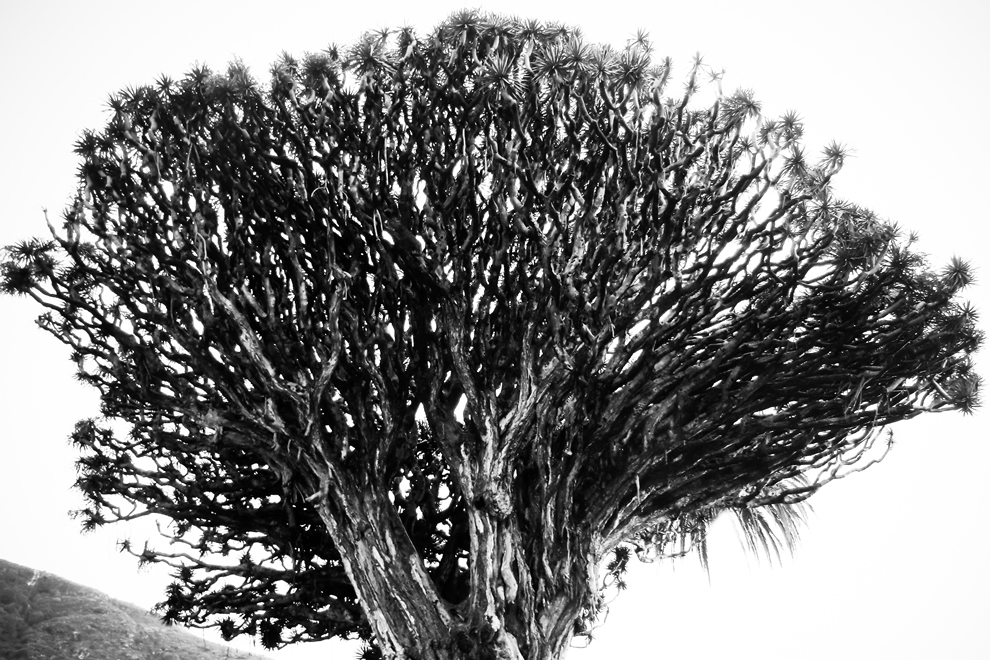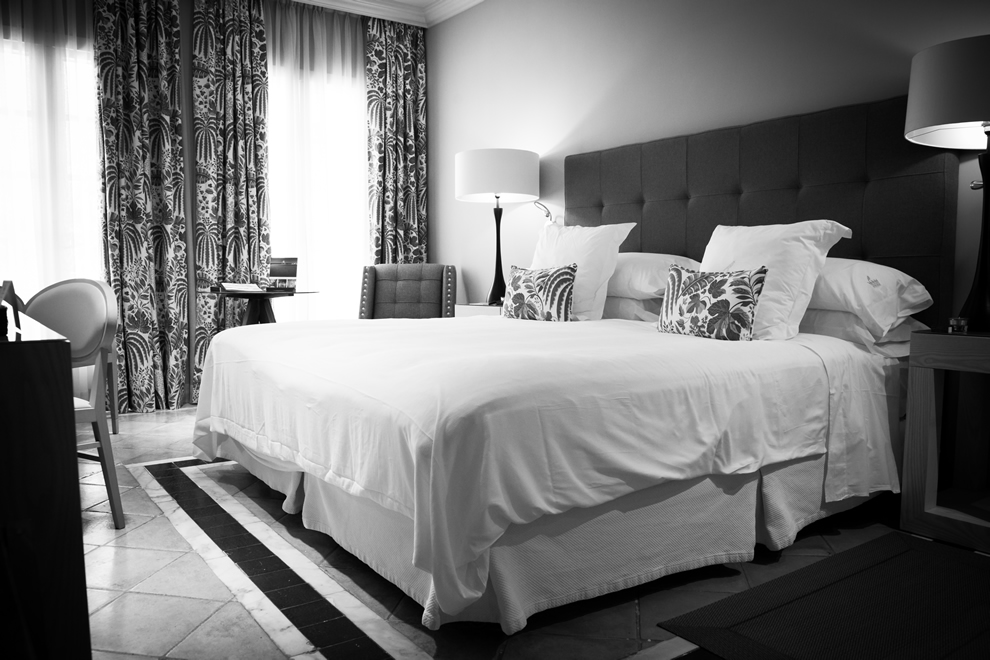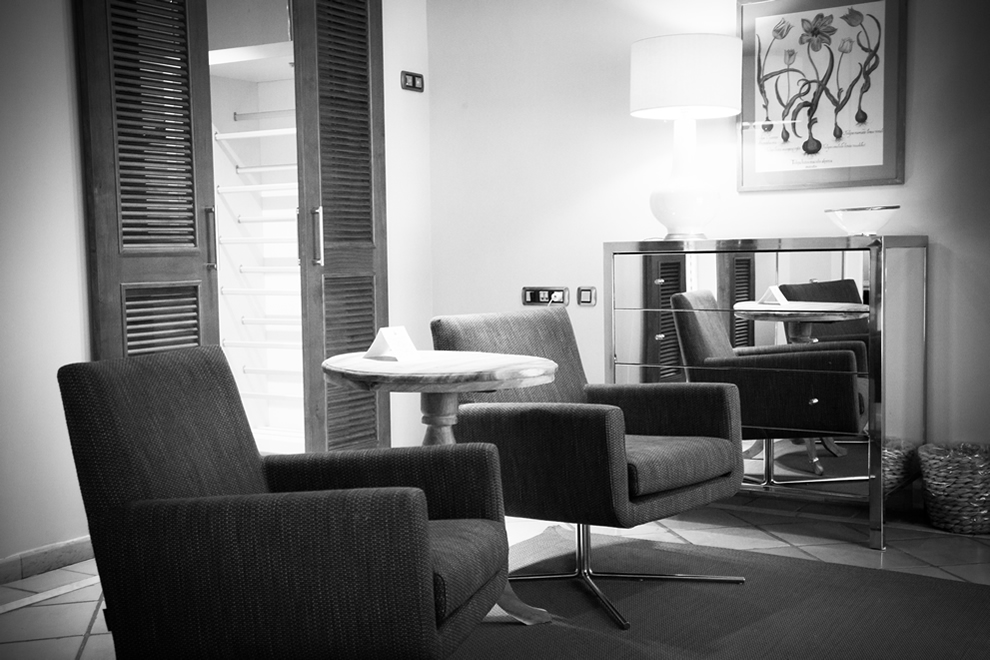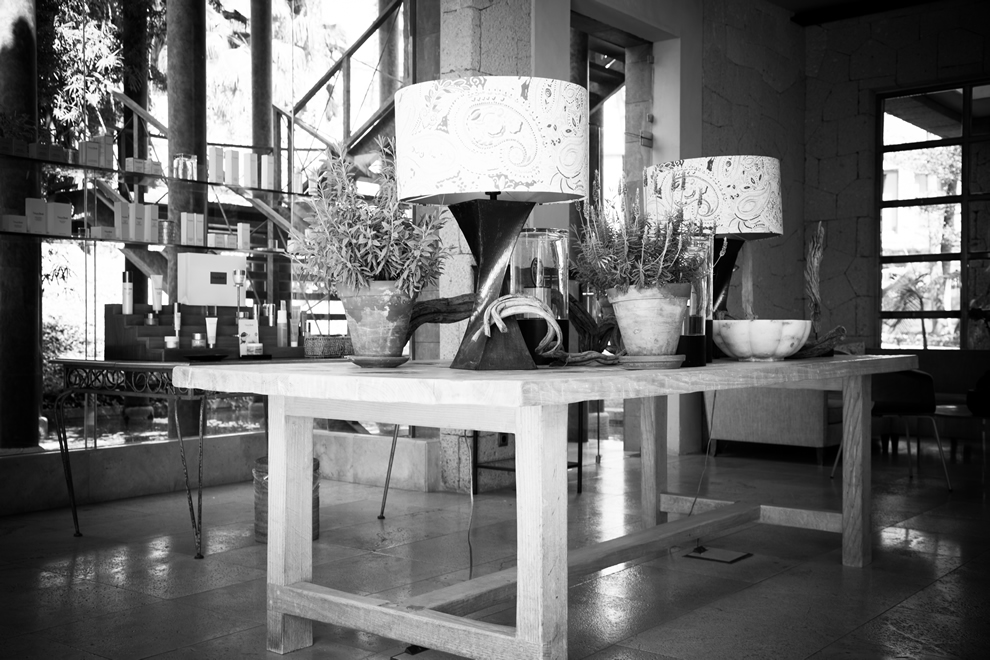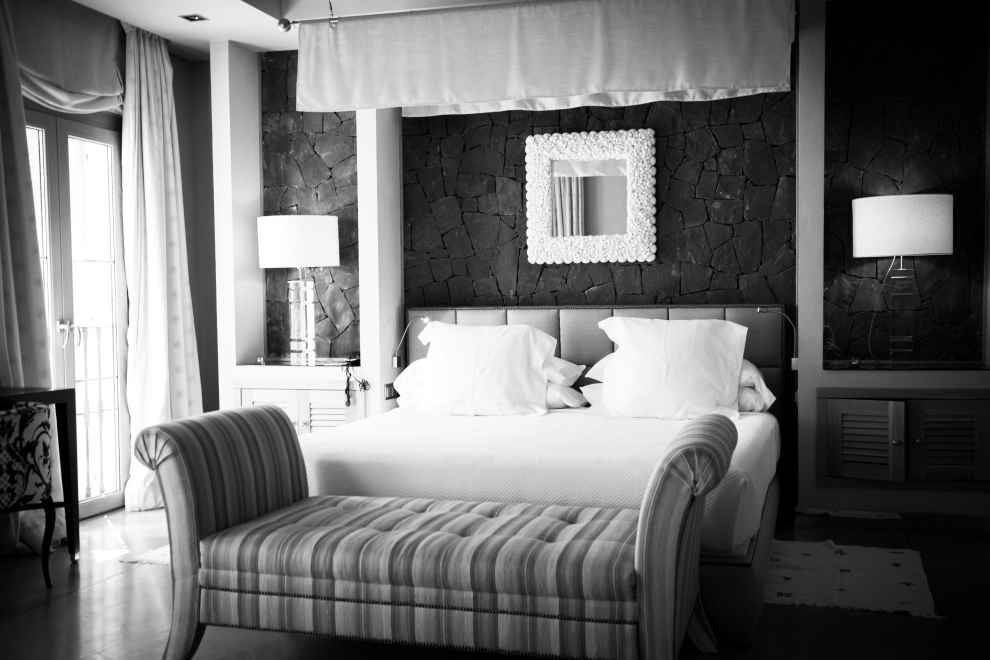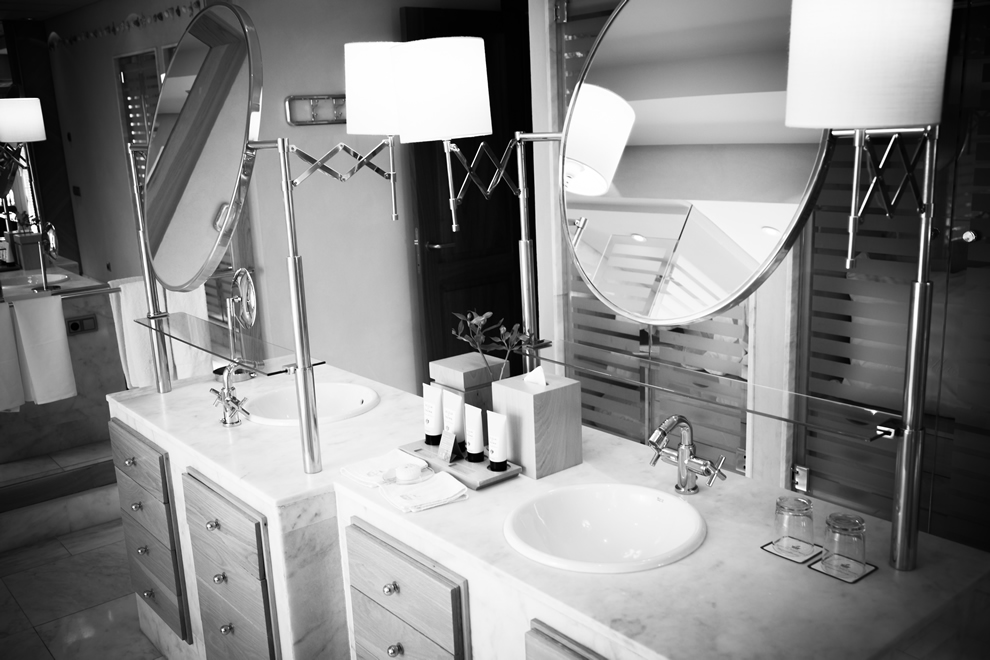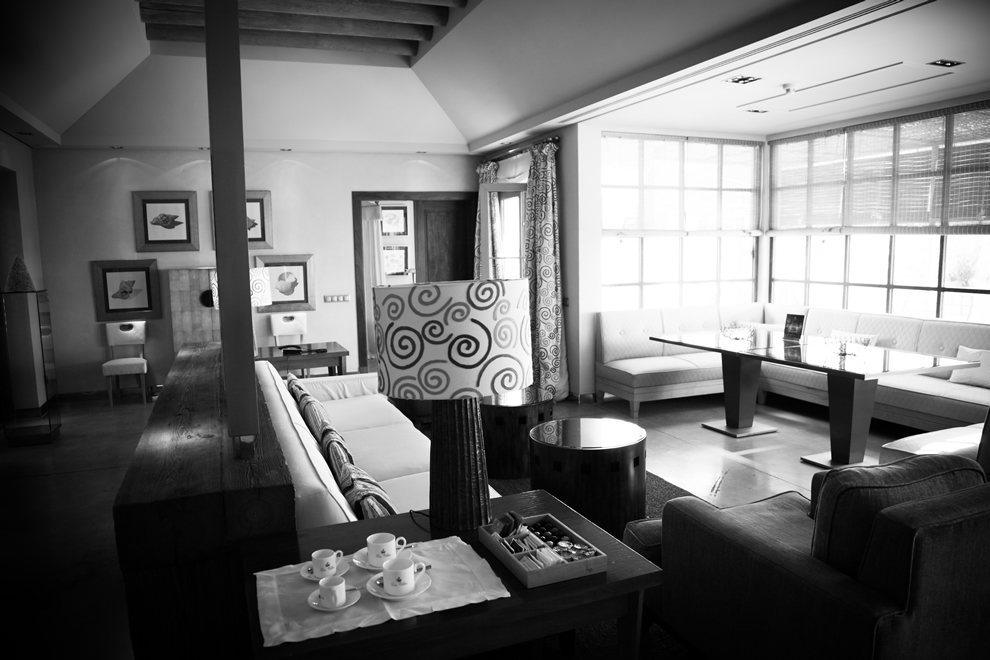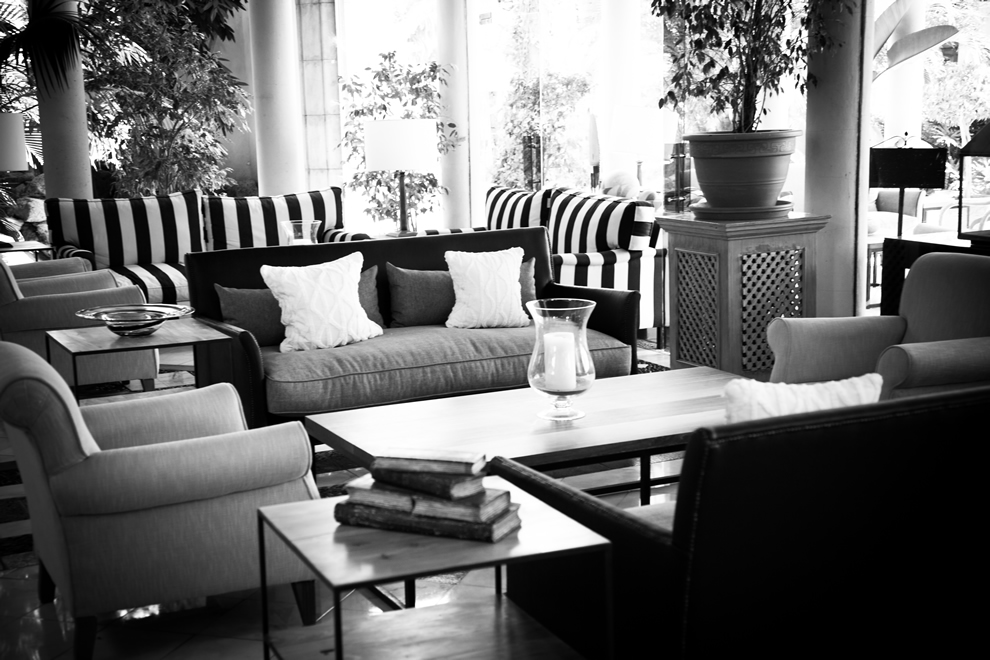The largest and most popular island in the Canaries has already been studied backward and forward, and some of you are those lucky ones who are just going meet it. Many surprises await the brave ones, so get ready for the pleasant surprises!
| WEATHER | HOTLINE | WRITE / READ THE REVIEW ABOUT TENERIFE |
Unique botanical and geological characteristics, along with cheap air travel, turn Tenerife into a paradise. Close location to the equator and cold current around it create a favorable climate with a variable plant kingdom. In fact, is can seems that there is eternal spring on the island: the temperature in the winter and summer in the Southwest of Tenerife is within 20-25 degrees.
This explains not only the diversity of the plant world but also the abundance of campers, having come to have a cheap holiday and feel through the "eternal spring". This factor is quite convincing and makes the rest very challenging unless you're going to do eco-tourism, play golf, or ride the wave*.
(* You can practice water sports in the Canaries all year round. These can be diving, surfing, windsurfing, kitesurfing. The classical yacht season is the period from September-October to April-May).
The mountain chain of Tenerife is divided into two opposite climatic zones: unheated, humid and completely covered by greenery North, and warm, sunny, dry South. If you go towards the oldest resort of the island, Puerto de la Cruz, you will see a completely different Atlantic and Tenerife: covered with fogs and lots of humid days.
There are three severed lion heads in the emblem of the city of Santa Cruz, which symbolize the British Crown’s attempts to conquer the island.
What do we know about the indigenous inhabitants of the island except the fact that they were shepherds having no idea even about metal and shipping? Guanches tended sheep, used stone tools; their basic food was gofio, milk, cheese, and they lived in caves while the European and Arab countries were going through bloody wars.
In the Middle Ages, attention to the Canary Islands increased, and the Castilians began their conquest, which lasted for almost a century. Chroniclers pointed out that the Guanche women fought no less violently than their men, but in 1496, the confrontation ended with almost their total defeat: most of the members of the tribe died and the rest were transported and enslaved.
Due to the summer shift of the North Atlantic maximum, the hot wind Sirocco, carrying the sand dust from the eastern Sahara, can blow in the Canaries.
The most picturesque beach Las Teresitas with gold-velvet sand and giant palm trees stretches within five kilometers away from the capital.
The rocks and the frozen lava covering practically the whole island are used everywhere, e.g. in construction. For example, San Cristobal de la Laguna, which center has maintained since the first Spanish colonizer, consisted of a volcanic stone, as the tree for construction on the island was always scarce.
Tenerife is not just about the sea and beach. The island offers a lot of opportunities for active recreation. And the most popular point is the volcano of Teide, whose name went from the Guanches tribe, once inhabiting the island. They called it Echeyde, which literally meant "the devil". In fact, sometimes the smell of sulfur in a narrow path can remind you of some evil spirits. Your breathing is hardened, your shoes get slightly worn out, but as soon as you reach the top, your breathing will be seized up by something different: in front of you there is the Earth itself the day before the of origin of life; one another moment, and it will burst out of the stone. However, there is no need to set records for your power: You can take an aerial tramway, which will deliver you from the bottom of the mountain to the viewing point.
The last meters ... And you are on the top of not only of the highest point in the Canary Islands but all of Spain! Growing up directly from the ocean, Teide is overdoing the main peak of the Spanish mountain ridge Mulhacén. The foot of the volcano is located at the bottom of the Atlantic and its total height is 7500 meters, and the 16-km caldera has appeared about 3 million years ago!
Nowadays Teide is sleeping, but in 1706, it managed to make pretty much noise, having wiped out the port city of Garachico and nearby villages.
Before you will climb the Teide call to the Volcano Teide Experience and sign up for a tour. The fact that in order to avoid mass pilgrimage the day visit is designed for not more than 150 people, and the number of applicants forms a two-week recording . The most interesting and romantic offer named "Sunset & Stars", in which you will see the sunset, try the Canarian cuisine and you will be able to see through a telescope constellation.
On the volcano the temperature is lower than on the island. Swimsuit here would be inappropriated, so take warm clothes!
At the foot of the volcano, in the northern part of the island there are Santa Cruz de Tenerife and San Cristobal de la Laguna located in the form of a triangle. The two cities that are inextricably connected from the day of their creation.
In 1500, La Laguna was founded from an ordinary Spanish military camp. The place was beautiful and soon became an ideal embodiment of the Spanish architecture. In fact, walking on the streets of this colonial city, you can study the peculiarities of the canary style as if you look through a textbook.
A distinctive feature of a city is special windows divided into three or four parts, often simulating balcony doors. Another feature is succulents, growing on most roofs and walls and making the buildings look like small rainforests. However, it is not all the values of La Laguna. Among these are flat sea gulfs as if created deliberately for bathing, sunbathing and surfing on the beach of Arenal (La Playa Del Arenal) or spacious and picturesque Roquete (La Playa del Roquete) which is ideal to have a walk.
Walking along the streets of La Laguna, tourists are impressed by the great number of attractions, historic buildings, and cultural monuments. In a word, one can be immersed in the colonial atmosphere of Tenerife and imagine in colors the life of the Spanish aristocracy of those times.
From the moment of its foundation until the first half of the 19th century. La Laguna was the capital of the island, but after having been divided into several municipalities, the status of the main city was won by Santa Cruz de Tenerife, which was named after a wooden cross (‘Santa Cruz’ is translated as ‘the Holy Cross’), with which the leg of Spanish conquistador Alonso Fernando de Lugo first stepped on the coast of Tenerife.
The current capital also has rich history, but it cannot boast of an abundance of attractions. Crowded and noisy Santa Cruz de Tenerife is unattractive from the tourist point of view, but there are also interesting places in it: for example, Palmetum Botanical Gardens, Auditorium de Tenerife concert hall or the Museum of Nature and Man (Museo de la Naturaleza y el Hombre).
According to the legends, the Dragon Tree grows where dragon blood was shed.
Thick, resinous juice Dracaeno Drago is a natural dye, and they say, that Stradivari made lac from a resin of giant dragon tree, which he used to cover those legendary violins.
One of these trees still grows on Tenerife, and the locals gently call it the Millenium Dragon. However, the ancient dragon is not the only reason to visit Icod de Los Vinos. As you could guess, it is one of the Canary regions making wine.
phone: +34 922 81 22 26
9:30 - 19:30
Due to the volcanic origin of the island, the sand on the local beaches is black, but there are some special places for tourists where the areas with golden sand have been artificially created. The largest and most beautiful of them is Las Teresitas with the sand brought from the Sahara and the dike protecting that human-made beauty. However, we strongly recommend choosing the wild beaches of Alcalá (Playa de Alcala) and other uncommon resorts. Trust me, you'll get the most pleasure from walking or relaxing on the coal-black sand!
The Loro Park is not only the Noah's Ark of a local size containing all the flora of the Canary Islands and other parts of our planet but also the place of the biological reserve of various animal species. This is the Kingdom of flora and fauna, which one must visit whenever possible, at least for the fact that the Loro Park is the next stage in the preservation of endangered species and the promotion of the importance of environmental protection.
phone: +34 922 373 841
8:30 - 18:45
A large colony of pilot whales lives nearby the coast of Tenerife. They're also called long-finned pilot whales. Their permanent residence contributes to the development of the tourist business. Every day, large and small yachts, boats loaded with tourists to the top, perform sea walking to see them.
Many tourists are afraid to drive in a new place. It's all for nothing. A solo auto mileage on Tenerife would be a pleasure. The serpentine here is not so scary unless you're going to Mask, but there's also a surprise waiting for you: the jet-setters will have an opportunity to see the canons sliding down and wide valleys going green.
There are only three motorways: the South (TF-1), the North (TF-5) and Tf-2 connecting them. All of them are with up to 120 km/h speed limit.
Since the opening of the isolated complex remains a benchmark in the tourism sector of the Canary Islands and the sample of high service.
The Grand hotel has 63 000 m2 of the tropical and subtropical gardens with an unique fauna: all sorts of varieties of palm trees, rubber plants, fire, and fruit trees. On its territory there is the lake with several species of animals, 5 swimming pools, two of which are filled with sea water, the disposal of sport lovers squash courts, paddle tennis courts and fitness facilities.
The rest area is a separate villas that were created to accommodate guests. Their sleeping and bathrooms with gray Canary basalt, and each Villa has a swimming pool and garden.
The hotel features 9 restaurants and 8 bars, where you can choose the kitchen based on your mood. The flagship among all Las Aguas with its author's particular concept.
Good layout and a perfect balance of natural elements recreates a true Paradise, where you will not notice the fundamental separation of interior from the natural landscape.
Nature is the main attraction of Tenerife. However, you should remember that in the ocean washing the island there are several species of Atlantic fish that one can try only in these latitudes, such as cabrilla, rock cod or parrot-fish.
You must also try a rabbit in salmorejo sauce (El conejo en salmorejo), gofio (Gofio), a traditional potato dish (papas arrugadas) and various sauces: green, picon or red moho (Mojo Verde y picon o Rojo).
As for the wine sector on the island, there has been an improvement in recent years, and due to technology development the standard of staff education has increased, so if you are lucky to travel nearby, visit the wine house of La-Baranda, in El Sauzal.
Every year, the capital of Tenerife becomes a focus of the Grand carnival covering the whole island and which scale can be compared only with the event in Rio de Janeiro. February is the month of carnival. In 2017, this pompous event will take place from February 22 to March 5.
An incorruptible body of a nun Maria de Leon Belle-and-Delgado, which is considered to be wonderworking, is kept in the women's Monastery of El-Monasterio de Santa Catalina (de Santa Catalina).
On the day of her death, on 15 February, the relics are yearly exhibited to be honored by people of faith.

